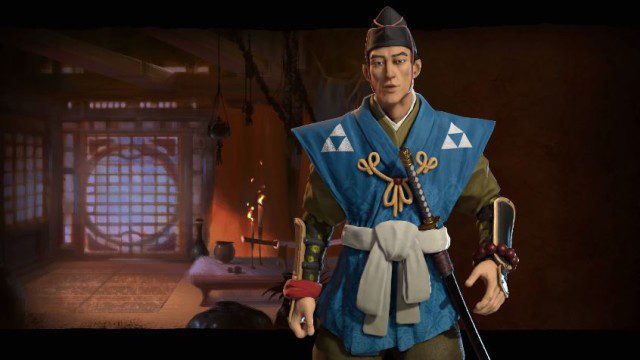Hojo Tokimune, born in 1251, was the eighth Shikken (de facto ruler, or Shogun-regent) of Japan. He is chiefly remembered for leading Japanese forces to victory against the invading Mongol Empire, as well as spreading Zen Buddhism throughout Japan and championing the Bushido way of life.
Tokimune was known to rule with an iron fist. After the Mongol Empire first attempted invasion in 1274 and was summarily defeated, it sent five emissaries to meet with Tokimune. These emissaries refused to leave without an audience with the Shikken, to which Tokimune responded by having them beheaded. To this day, the emissaries’ graves can be seen in the city of Kamakura.
Again, five more emissaries were sent, and again Tokimune had them all beheaded. This resulted in another invasion in 1281, and again it failed – this time in part due to an unforeseen typhoon.
As the threat of the Mongol Empire loomed over Japan for years, the samurai warrior class was a formidable force and led all of Japan’s defensive efforts, securing their legacy as one of the toughest warrior classes the world has ever known.
Unique Unit: Samurai
Samurai, or known as Bushi class, existed for nearly a thousand years in Japan. Bushido (“the way of the warrior”) was a codified set of rules and way of life adopted by a large number of noble clans throughout Japan. The samurai class wasn’t officially abolished in Japan until 1868 and, to this day, remains one of the most identifiable Japanese cultural touchstones.
Unique Building: Electronics Factory
With the invention of consumer electronics in the late 20th Century, Japan quickly became home to the largest electronics industry in the entire world. The first modern electronics factory was built by Sony in 1946, and Japanese innovations since have kept the country most profitable in what is easily the most competitive consumer landscape mankind has ever seen.

